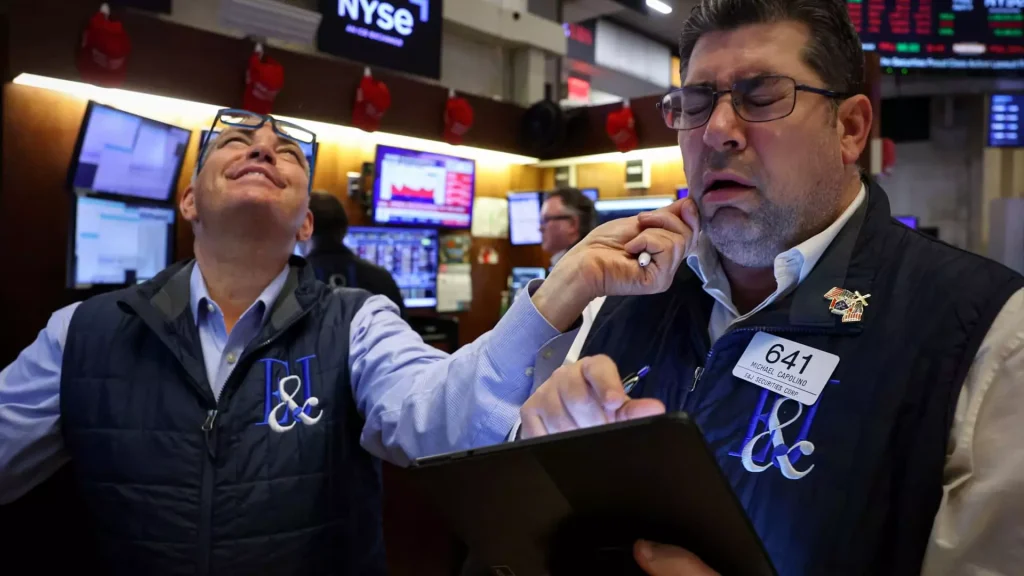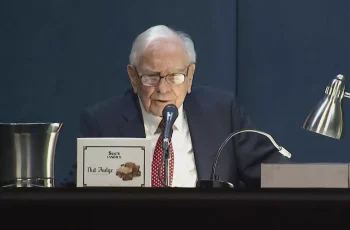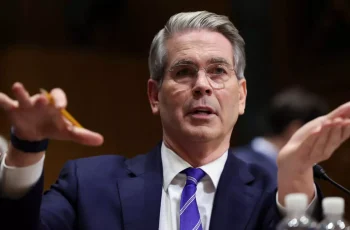President Donald Trump’s tariff policy, once touted as a revival tool for American manufacturing, has triggered a full-scale economic crisis. What began as an effort to “pry open” foreign markets has devolved into economic confrontation, sparking retaliation from trade partners like China, Canada, and the EU. Rather than fostering cooperation, these sweeping tariffs have strained global trade relations and shaken investor confidence.

Markets reacted swiftly. A sharp sell-off sent the Nasdaq into bear territory, revealing how deeply investor sentiment is tied to perceptions of stability. Trump’s unilateral approach shattered that, spreading uncertainty across Wall Street and Main Street alike.
The administration’s economic rationale has drawn criticism for its superficiality. Economists argue that tariff calculations were simplistic—reducing complex trade dynamics to basic math without addressing underlying imbalances. The result? A misfired strategy escalating global tensions with little promise of real gain.
The broader U.S. economy is now bracing for impact. Tariff-induced price hikes threaten consumer spending, which drives nearly 70% of GDP. Inflation fears are rising, with pressure mounting on the Federal Reserve to respond. Meanwhile, Trump’s bold rhetoric contrasts sharply with the uncertain, fragile market reality.
Though positioned as a necessary transition, the strategy lacks the finesse such change demands. Retaliatory threats loom, existing trade deals hang in the balance, and industries face rising costs. Trump’s aggressive stance may resonate with his base, but it risks deep, lasting harm to global trade stability.

As pressure builds, a shift is needed. The Biden administration faces a daunting challenge: replace isolationist policies with cooperative strategies. Without diplomacy and nuance, the vision of a revitalized, production-driven economy remains a mirage—overshadowed by the fallout of protectionism.

